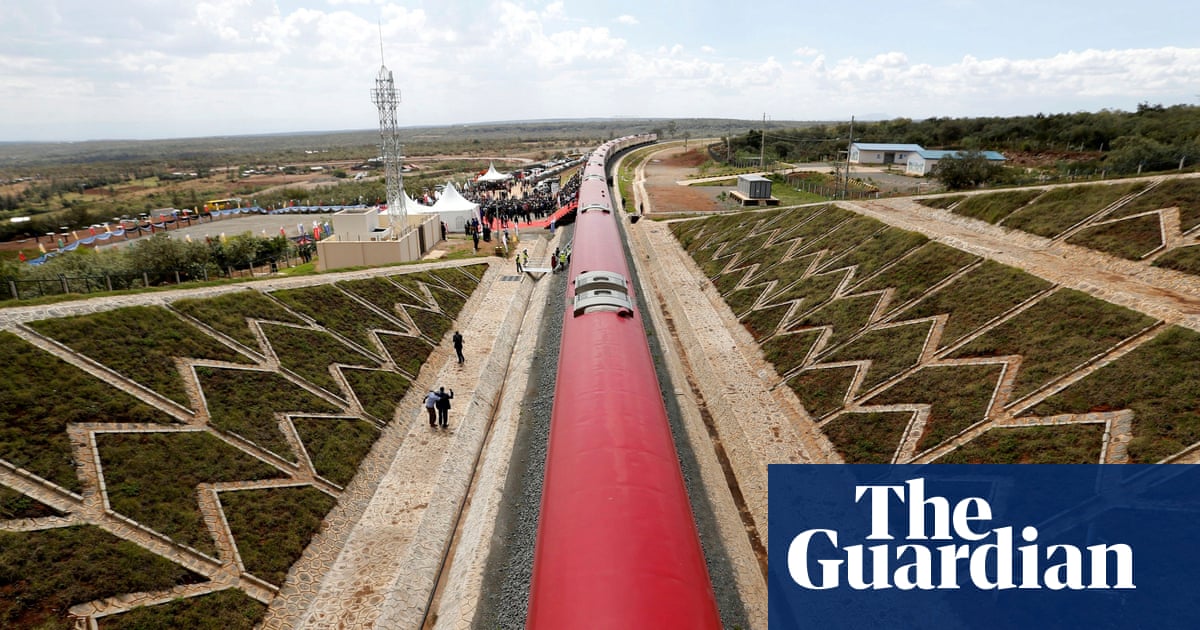Country, estimated to be owed up to $1.5trn, is increasing penalties for late payments and cutting back on infrastructure projects
China has become the world’s biggest debt collector, as the money it is owed from developing countries has surged to between $1.1tn (£889bn) and $1.5tn, according to a new report. An estimated 80% of China’s overseas lending portfolio in the global south is now supporting countries in financial distress.
Since 2017, China has been the world’s biggest bilateral lender; its main development banks issued nearly $500bn between 2008 and 2021. While some of this predates the belt and road initiative (BRI), Beijing’s flagship development programme has mobilised much of the investment in developing countries.
But a new report by researchers at the AidData research lab at William & Mary, a public university in Virginia, found that China, the world’s second largest economy, is now navigating the role of international debt collector as well as being a bilateral funder of major infrastructure projects.



This is the best summary I could come up with:
Lending from Chinese state-backed banks has helped to build railways in Kenya and power plants in Cambodia, along with thousands of other projects.
To mitigate the risk of future defaults, Chinese policymakers have introduced a number of measures, including reducing loans for infrastructure projects while ramping up emergency lending.
China has created “a safety net” for countries in financial distress – “and, by extension, their highly exposed Chinese creditors”.
The AidData report cites figures from the Gallup World Poll which shows that public approval ratings for China in low- and middle-income countries fell from 56% in 2019 to 40% in 2021.
But the AidData researchers found that between the early years of the BRI (2014-2017) and the latter period (2018-2021), Chinese lenders increased the maximum penalty interest rate for late repayments from 3% to 8.7%.
Bradley Parks, one of the report’s authors and the executive director of AidData, said: “Beijing is trying to find its footing as the world’s largest official debt collector at a time when many of its biggest borrowers are illiquid or insolvent.
The original article contains 605 words, the summary contains 176 words. Saved 71%. I’m a bot and I’m open source!